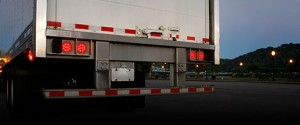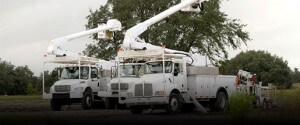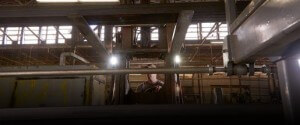Electrical Connections
- Trailer Connectors keyboard_arrow_right
- Air Products & Electrical Assemblies keyboard_arrow_right
- Terminals & Connectors keyboard_arrow_right
- Wire & Cable keyboard_arrow_right
- Support & Protective keyboard_arrow_right
- Switches & Electrical Assemblies keyboard_arrow_right
- Battery Connectors & Cable keyboard_arrow_right
- Kits & Tools keyboard_arrow_right
Company
- Company Profile keyboard_arrow_right
- Careers keyboard_arrow_right
- Case Studies keyboard_arrow_right
- Contact Us keyboard_arrow_right
- Media Center keyboard_arrow_right
- Grote News keyboard_arrow_right
- Trade Shows & Events keyboard_arrow_right
- Quality keyboard_arrow_right
- Star Safety Technologies by Grote keyboard_arrow_right
Tech Support & Information
Customer Information
Lower Your CSA Score With Grote
How Grote can help you lower your CSA score
The primary mission of the Federal Motor Carrier Safety Administration (FMCSA) is to reduce crashes, injuries and fatalities involving large trucks and buses through a nation-wide inspection program that assigns negative points for safety related infractions. The more points a fleet has, the lower the rating of that fleet. Even though lighting infractions are one of the easiest categories to prevent and control, they are one of the leading reasons a fleet’s maintenance score can deteriorate.
In a ten month span, lighting infractions can cause more inspections, more violations, have a higher percentage of violations, cause more Out Of Service episodes, and a higher percentage of OOS episodes than any other equipment category. This is because a non-functional lamp is the easiest infraction to spot on the open road. Once the rig is stopped a complete inspection of all safety systems often ensues, causing more points to be awarded if more problems are uncovered.
That’s the bad news. The good news is that if you adopt a Fleet-wide Grote incandescent to LED lighting program, we will guarantee that your score will show improvement within the first year. You will also see a dramatic lowering of your cost of lighting far beyond your initial cost of LED upgrade.
So what are the characteristics of a successful incandescent to LED lamp conversion program?
First and most important, the LED lamps chosen should be of the highest quality. This is not just an empty statement. When it comes to design sophistication, ruggedness both of structure and electronics, protection from voltage spikes and electromagnetic interference, lens design, mounting design, etc. make a huge difference in lighting performance and lamp longevity. There are significantly different levels of quality among various lamp designs and among suppliers themselves. The lamps may look the same initially, but often they don’t perform the same.
The quality of the LED diodes themselves varies tremendously and so do their life expectancy. Low quality LEDs fall out of spec more quickly and start to dim unevenly or just burn out. In addition, the electronics within bargain lamps do not stand up as well to the vibration, corrosion, and rigors of the highway environment, causing them to fail much more quickly. We know. We exhaustively test our lamps against all competition and have the data to prove it.
Another issue is the integrity of the harness and the connections both within the harness and between the harness and the lamps. When you invest in LED technology, you want to protect your investment by selecting an entire lighting system as reliable as the LED lamps themselves. Thus both the design of the connectors and the number of connections is a concern. There are different connection designs in the marketplace today and their resistance to corrosion varies because the designs of the seals between lamp and harness have different characteristics. Pick a harness system that doesn’t force you to make spliced repair or modification connections. LED lamp technology can outlast the trailers it is installed on, so it does little good to source the best lamps and mate them to a connection system that allows corrosion to cause system failure regardless of the quality of the lamps.
In summary, fleets need to seriously address downtime, productivity, and their CSA scores with a comprehensive lighting strategy, they need to invest in their future using investment quality lighting equipment. The goal should be no unplanned downtime due to the entire lighting system. The lower the cost of the initial investment, the lower the return on the bottom line.











